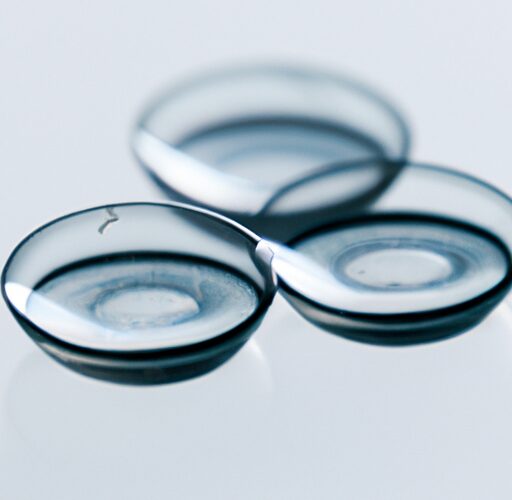Seeing the World through Contact Lenses: Enhancing Virtual and Augmented Reality Education
Ah, the wonders of technology! It has made learning more accessible, intuitive, and engaging through virtual and augmented reality educational platforms. But have you ever wondered how contact lenses can take your VR/AR experience to a whole new level?
In this age of digital education, it’s not just about immersing yourself in a visually stunning world. It’s about making that world as realistic as possible. And that’s where contacts come in. They help simulate natural vision, which means students can see objects as they would in real life.
Let’s take virtual reality as an example. VR headsets may provide superb resolution, but sometimes, the pupils of the eyes can’t keep up with the lenses. That gap leads to a minor discomfort, such as eye strain and motion sickness. But when you wear contact lenses, the problem is solved. Because contacts are on the eye, it will synchronize with the virtual display, creating a more seamless experience.
On the other hand, AR education is a different domain. Here, students interact with the real-world environment, containing digital overlays that can enhance their learning. But how does it work with contact lenses? Well, the thing is, augmented reality usually relies on head-mounted displays (HMDs), such as Microsoft HoloLens. Wearable lenses can provide better comfort, adjustability, and clearer vision, unlike HMDs’ physical restriction, which can sometimes interfere with the overlays.
Moreover, some contact lenses can also enhance colors, contrast, and clarity. These features can help students differentiate objects and patterns with more accuracy, which translates to a better understanding of the material.
Of course, wearing contacts has some limitations, especially when you’re using VR or AR gadgets for an extended period. It is essential to consider the frequency of use, as well as the recommended usage time of the lenses.
In conclusion, contact lenses can improve your virtual and augmented reality education experience—no doubt about it. With its natural fit, it can offer better synchronization, visual clarity, and enhanced vividness of imagery. So, the next time you fire up your VR headset or put on your AR glasses, why not complement it with your trusty lenses? It’s almost like seeing the world the way it was meant to be seen!

